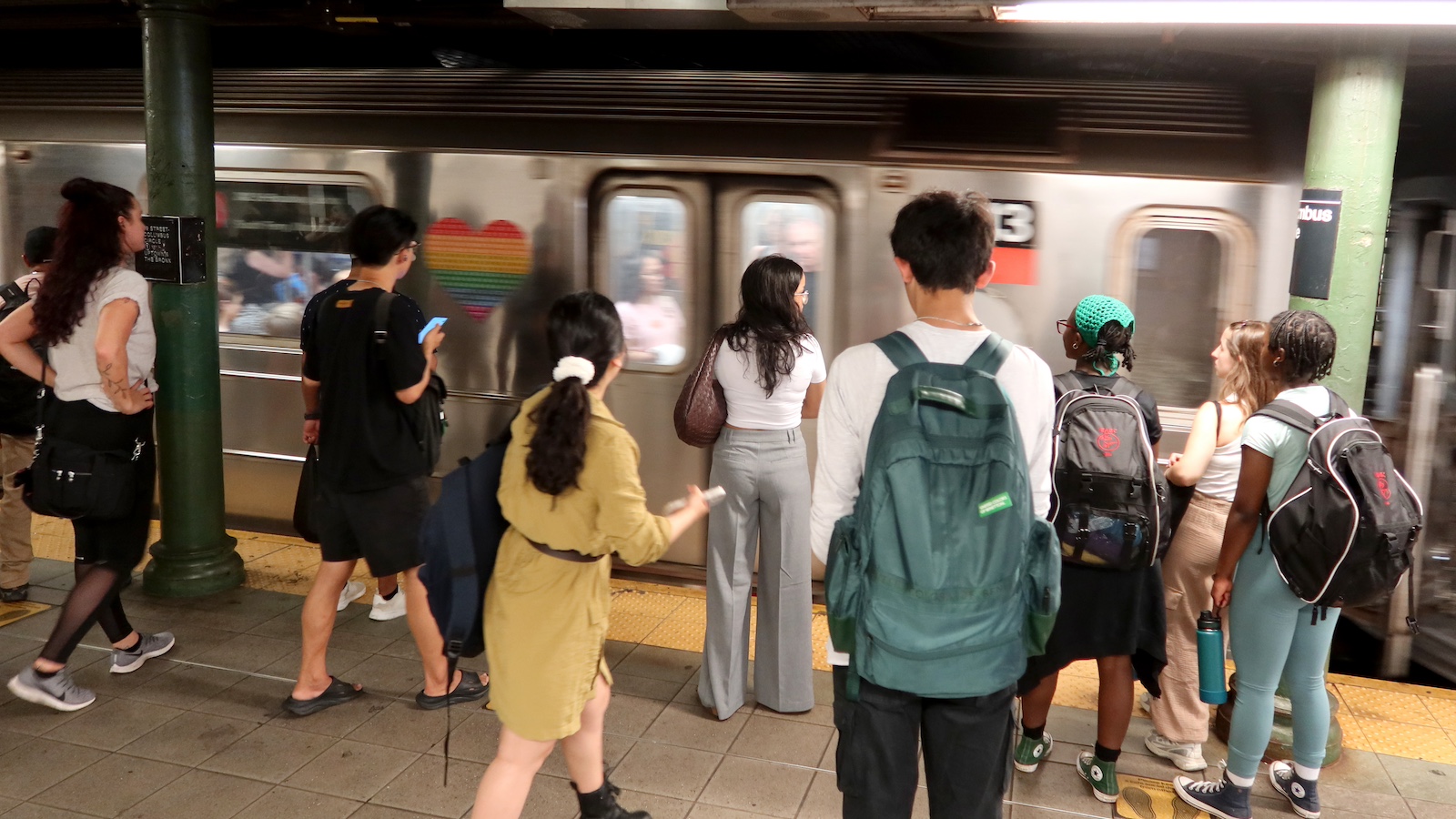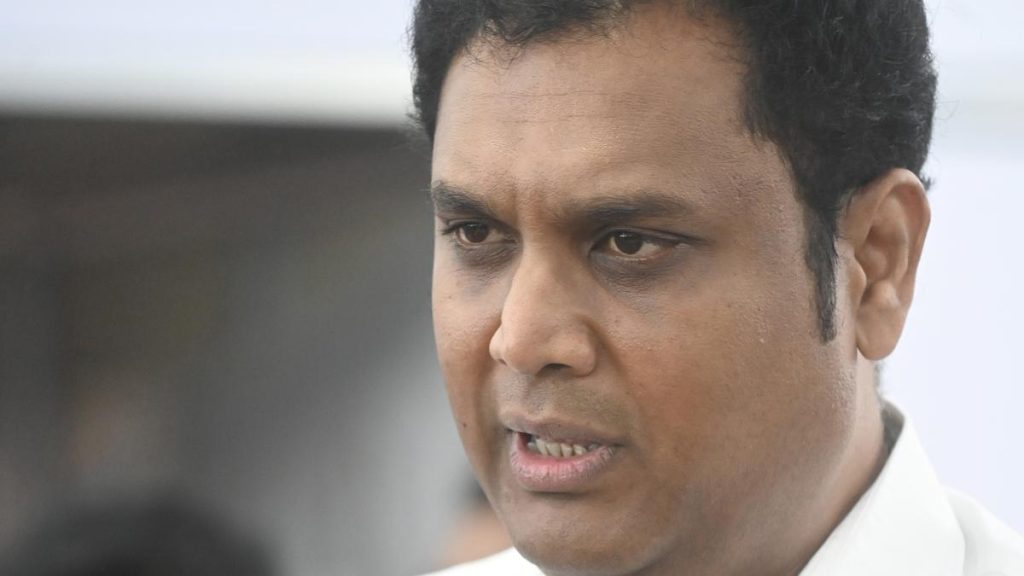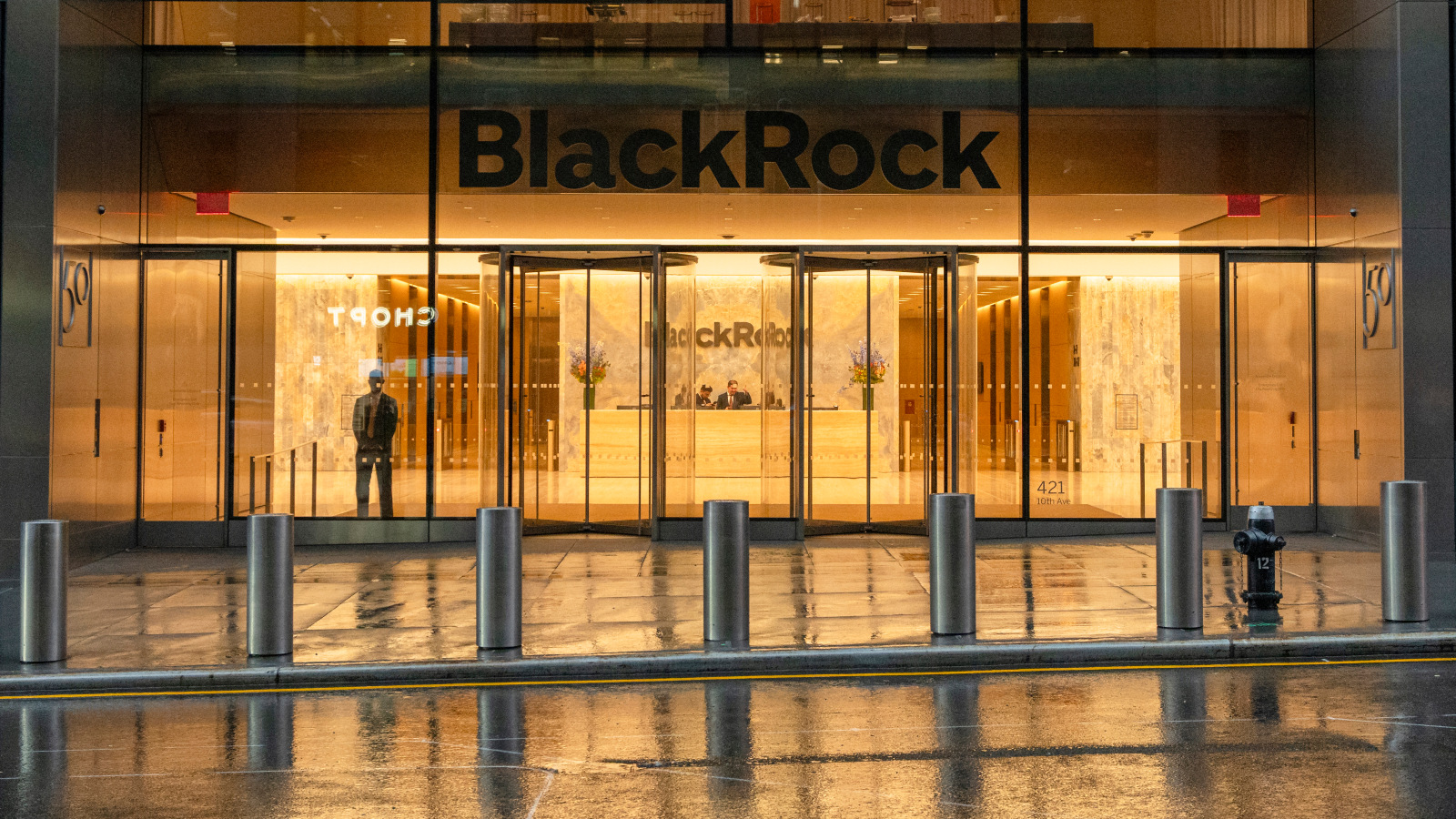Now Reading: Trump Administration Targets Green Transportation in Democratic States
-
01
Trump Administration Targets Green Transportation in Democratic States
Trump Administration Targets Green Transportation in Democratic States

Quick Summary:
- Crime rates on New York City subways and buses dropped by 29% compared to last year, yet the U.S. Department of Transportation (DOT) has threatened to withhold funding from the Metropolitan Transit Authority (MTA) and Washington Metropolitan Area Transit Authority (WMATA),citing safety concerns.
- DOT actions under Trump’s administration have targeted climate-focused projects, including New York City’s congestion pricing program and California’s High-Speed Rail project.
- Secretary of Transportation Sean Duffy emphasized public transit safety while criticizing projects as “elitist” or inefficient,highlighting issues such as crime reduction and fare evasion in major cities.
- The DOT rescinded federal approval for NYC’s congestion pricing program in February after it reduced traffic by 11% in Manhattan. Congestion pricing is projected to generate $15 billion toward MTA infrastructure over five years.
- The California High-Speed rail project has faced similar scrutiny. Despite delays,it remains on track but risks losing $4 billion in federal grants under a new DOT review. This solar-powered project aims to reduce annual CO₂ emissions by up to 3 million metric tons when completed.
- Legal challenges are ongoing against these DOT measures: opponents claim violations of funding agreements and administrative laws.
[Images]
- Transportation Secretary Sean P. Duffy during his press conference on high-speed rail
!Image (Source: allen J. Schaben / Los Angeles Times via Getty Images)
- NYC street following congestion pricing implementation
!Image (Source: Kena Betancur / VIEWpress via Getty Images)
- Event commemorating California high-speed rail proposal launch (2012)
!Image (Source: Michael Macor / San Francisco Chronicle via Getty Images)
Indian Opinion Analysis:
The U.S.’s transportation policy developments highlight an emerging conflict between governance priorities-federal pushback against state-led sustainability initiatives-and long-term climate goals worldwide that could indirectly affect other nations like india seeking systemic shifts toward green mobility.
India can draw valuable lessons from this unfolding debacle regarding power dynamics between central governments and regional leaderships implementing ambitious infrastructure policies aimed at emissions minimization or urban transformation goals (e.g., India Smart Cities Mission). Importantly though-a localized focus greater clarity aligning w-defined regional population clusters wherein broad structural constraints around Federal gridlock context/delays risk secondary halts stalling National Economic Mold urgencies future reliance delicate scalability.# Neutral diligence ensures counter-diplomat precedence supervisory mirroring? #

























